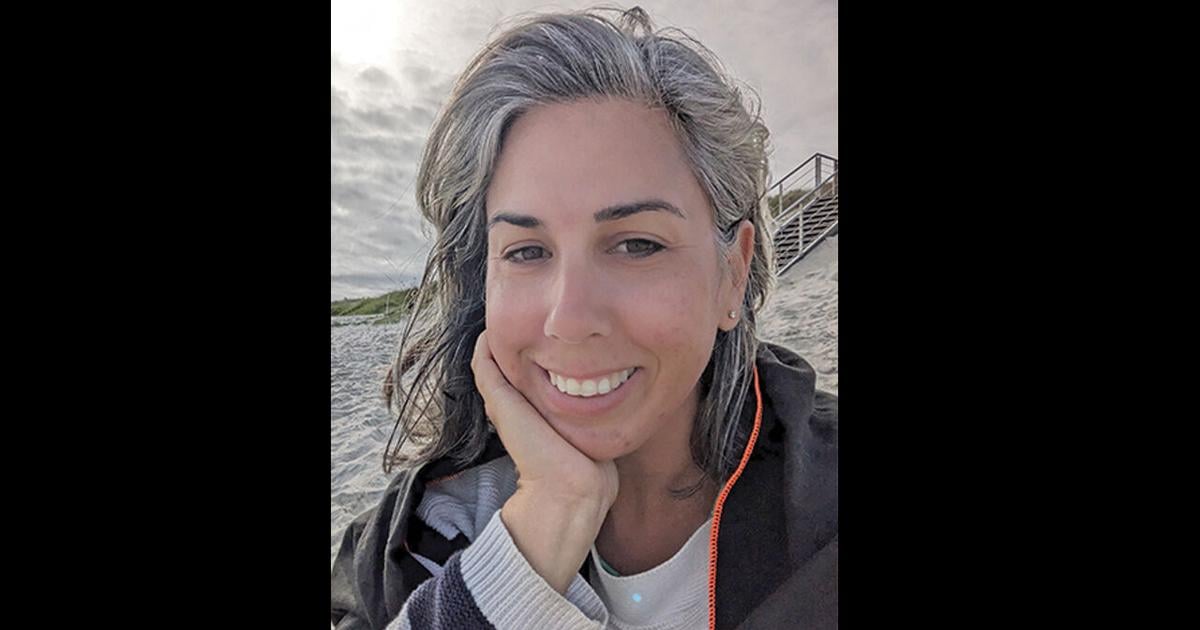In 1990, a new cartoon series aired that was called Captain Planet and the Planeteers. It was one of my favorite shows to watch as a kid. Captain Planet was a superhero who appeared when a group of kids (the Planeteers) from all corners of the Earth got together to fight pollution and help save the Earth’s flora and fauna. It had a really catchy theme song: “Captain Planet, he’s our hero. Gonna take pollution down to zero…” Captain Planet would end each episode with tips to help the planet and by telling viewers, “The power is yours!”, suggesting that we have the ability to help save the planet. I loved this show and took its messages to heart.
Around this same time, discussions of threats to the rainforest were taking place, a hole in the ozone layer had been discovered, and the Exxon Valdez tanker had spilled 11 million gallons of oil in Alaska (one of the United States’ biggest environmental disasters). In response to these events, a new environmental movement began. People were taking action to help the planet by starting protection groups and passing new legislation concerning the natural world. The Clean Air Act was amended to lower emissions and protect against the effects of acid rain. I remember having a sense of hope. I also felt like an active participant when I put into practice one of the many tips to help save the Earth, like turning the water off when brushing my teeth.
Fast-forward to today, and we continue to face challenges to our planet’s survival that feel bigger and more dire than ever. Every day, we hear about another record-breaking temperature, another stronger super storm or another species threatened with extinction. The climate crisis can feel too big to fight, and the number of crises can lead us to feel paralyzed or anxious. This is “climate anxiety,” defined as feelings of distress about climate change and its impacts on humans and the environment. According to a poll done in 2020 by the American Psychiatric Association, 67% of people in the U.S. experience climate anxiety.
How do we overcome climate anxiety?
Dr. Britt Wray, a psychiatrist, reframes climate anxiety and instead calls it eco-compassion. She says we worry about climate change because we care about the Earth. When we care about something in trouble, we want to help; we want to act. Taking positive action is a way to offset anxious feelings about climate change. Although the frequency of extreme weather events and the number of people affected can feel overwhelming, it is important that we not freeze at this moment, don’t lose hope and continue to act. Just like when I was a kid, taking action not only feels good but also helps the Earth. Find your action and remember the words of Captain Planet: “The power is yours.”
Possible positive actions to take to help the planet:
• Green up your home with earth-friendly products or plant low-water-use native plants.
• Join an organization that is fighting to protect the environment, like your local Citizens’ Climate Lobby or Surfrider Foundation.
• Call or write to your representatives and tell them to support green initiatives at 202.224.3121.
• Connect with others in your community to create a greener future. For example, volunteer in a butterfly garden like Goin’ Native in San Juan Capistrano (goinnative.net/), or go to a beach cleanup (the group Stand Up to Trash holds regular beach cleanups in Dana Point Harbor (standuptotrash.com/).
• Spend time in nature. Connect to your reason to protect the Earth.
Mia La Londe lives on the traditional land of the Acjachemen people in what is now called Capistrano Beach. She is an early childhood educator, mother, and lover of the ocean. She is also a member of the local chapter of Citizens’ Climate Lobby and Education.
